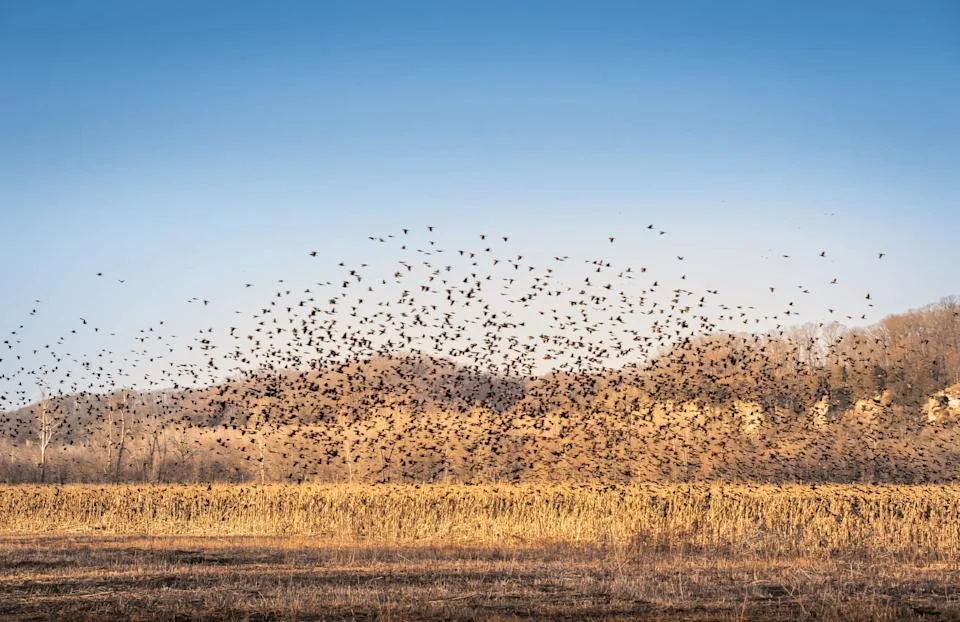
Birds Face Unprecedented Changes As Climate Warms: A Closer Look
As global temperatures continue to rise, the wildlife of North America is facing unprecedented challenges that call for urgent attention. A recent report highlights how the songbirds of Maine, traditionally known for their migratory patterns, are adapting to these climate changes by opting to stay year-round, revealing the profound impacts of warmer winters.
According to experts, over half of North America's 650 breeding bird species are migratory, with many of them shifting to warmer climates to escape harsh winter conditions. However, results show that states like Maine, often characterized by severe winters, have warmed significantly—by 5 degrees Fahrenheit compared to a century ago—resulting in shorter winters. The impact on the avian population is clear: species such as the Red-bellied Woodpecker and the Carolina Wren, which were not commonly seen in winter, are making frequent appearances.
This alarming trend isn't just a matter of observation; it's a stark reminder of the changing ecosystems brought on by climate change. Doug Hitchcox, a staff naturalist with Maine Audubon, notes that many bird enthusiasts are misled by outdated field guides that fail to account for these changes. "Until the 1980s or so, Carolina wrens were barely into southern New England," he said, illustrating how species distribution is rapidly changing.
But why should we be concerned about these changes? Rising temperatures are not only altering the natural behaviors of wildlife but are also contributing to extreme weather events and rising sea levels, which pose threats to both wildlife and human habitats. Urban areas are becoming refuges for displaced species; for example, Ugandan wildlife such as monkeys and snakes are forced into human settlements as their natural habitats become inhospitable.
In response to the global climate crisis, 195 nations have committed to reducing greenhouse gas emissions through the Paris Agreement, which aims to limit global temperature increases. Unfortunately, the United States is planning a withdrawal from this accord in 2026, raising questions about its commitment to global environmental efforts.
As we observe these significant shifts in wildlife behavior, it becomes crucial for us to engage in conversations about climate action. How can we take steps to protect our ecosystems and ensure that species can thrive amidst the changing environments? What role do you think individuals and communities can play in this urgent global challenge?
Feel free to leave a comment below and share your thoughts on how climate change is affecting wildlife in your area. Together, we can make a difference.